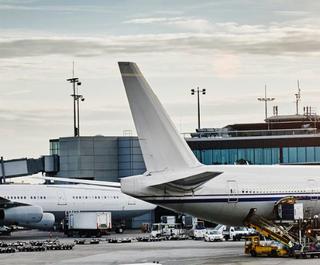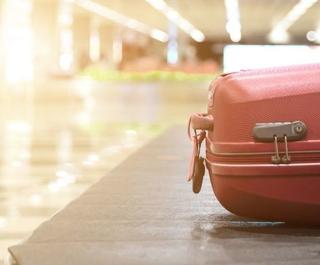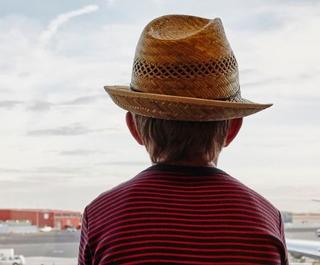
Over 44 years of shipping animals across the globe, you see some things. Brisbane company Dogtainers is the largest animal transport business in the world and has freighted everything from creepy crawlies to million-dollar stallions.
We chatted to managing director Mick Tabone about the common faux pas people make when shipping their pets and the growing trend of taking furry family members abroad.
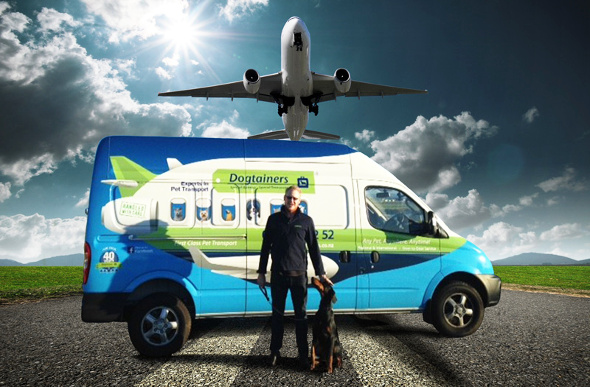 Dogtainers to the rescue!
Dogtainers to the rescue!
What are the most common questions people ask you about transporting pets?
Our business is split quite a bit between domestic and international – there's a big difference between the two.
If it's international, people are asking about vaccinations, passports, the status of a country... international is all about the jabs, the passports, the restrictions.
Domestically, it's all about "Can we have a hire crate?", "Do I have to have my own crate?", "Can my pets travel on the same flight as me?", "Does the crate need to be airline approved?"
The answer is it all comes down to logistics – which airline you fly with and size of the pet makes a difference because of the type of aircraft they can travel on.
It's a little bit more challenging to fly to a small regional centre, but we can accommodate everything.
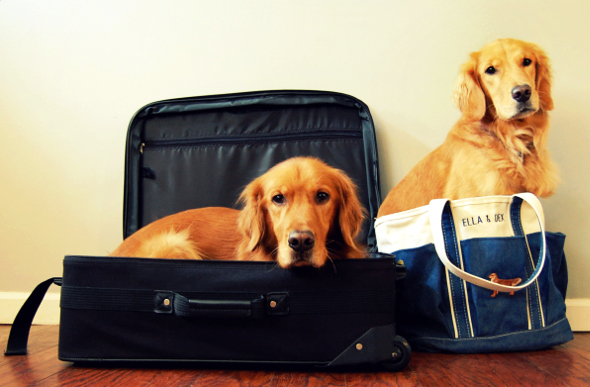 Getting the right crate is vital (Image: Getty)
Getting the right crate is vital (Image: Getty)
Do people often get caught out with unsuitable crates?
There are hundreds of thousands of crates sold from pet shops that are not airline approved. We're a manufacturer of airline-approved crates, so we can ensure when you hire one it's the best fit for the pet and your chosen airline.
We also have the ability for people either to hire or buy crates, depending on their travel needs.
What are your tips for getting animals accustomed to travelling?
We have two major points of difference between us and any other pet transport provider.
The first is we have special Adaptil collars customers can buy before travel. It's a plastic collar that reacts to the heat of the animal and lets off a pheromone, which calms the pet down. It's vet approved and we have our own vets on staff.
The collars are vital for some of the more arduous trips but they can be used domestically as well as internationally. Sometimes it's the humans who are anxious more so than the pet, so the collar helps their peace of mind as well.
All your questions answered in our guide to travelling with pets
Expert pet travel tips from the RSPCA & Assistance Dogs Australia
On the road or in the air, your easy cheat-sheet for pet travel
The second point of difference, which is especially important internationally, is we deliver crates to our customers weeks before they fly so pets can get used to the crates.
The top comes off the crate for the pets so you can use it as a kennel. You eventually put the top and the gate back on – plus some treats in the crate – and the pets get used to the space.
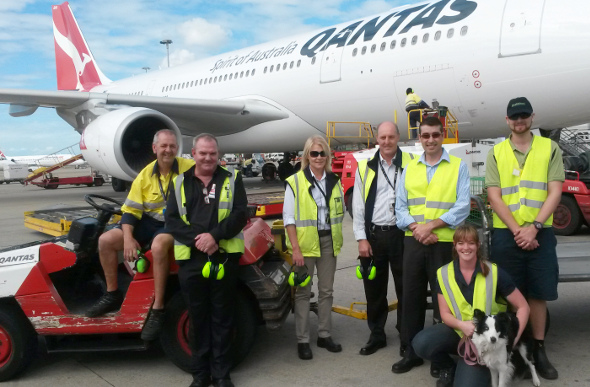 Your pet is in good hands with the friendly Dogtainers team
Your pet is in good hands with the friendly Dogtainers team
What is the biggest mistake you see people make when transporting their pets?
They give the pets too much food prior to travel. You try sitting on an aircraft for 12 hours with no toilet facilities! Just keep it nice and light; light meals before transport. Otherwise it's not pleasant at the other end.
Sedation is never recommended because of the complications air transport can have, especially with snub-nosed breeds (like pugs) because their airways are restricted they really don't do well under sedation.
The closest we use is the Adaptil collar. Dogs and cats do like the smell of lavender, but I don't know that it relaxes them.
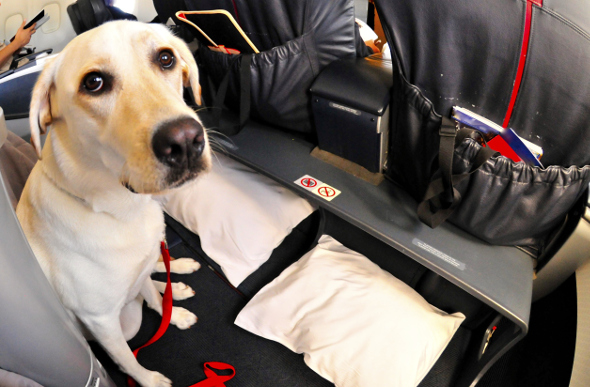 Sorry boy, that's not your seat on the plane... (Image: Getty)
Sorry boy, that's not your seat on the plane... (Image: Getty)
What are the biggest, smallest and strangest animals you've had to transport?
We do everything from fish, spiders to snakes... We also carry live semen from high-value breeding race horses, so that's a bit interesting.
A baby armadillo was the funniest one – we do a lot of work for the zoos in Australia, Vietnam and Saudi Arabia.
A biggest one is a giraffe. When you come to a bridge, that's a real challenge trying to get it through! Some of that specialist stuff is really challenging.
Has travelling with pets become more common over recent years?
Yes – we've seen a large increase in pet travel. The industry seems to be growing at about 10-12 per cent year on year.
We move over 50,000 pets a year between our offices in Australia and New Zealand and the United Kingdom, and I'd say about 40 per cent of those are international moves with 60 per cent domestic travel.
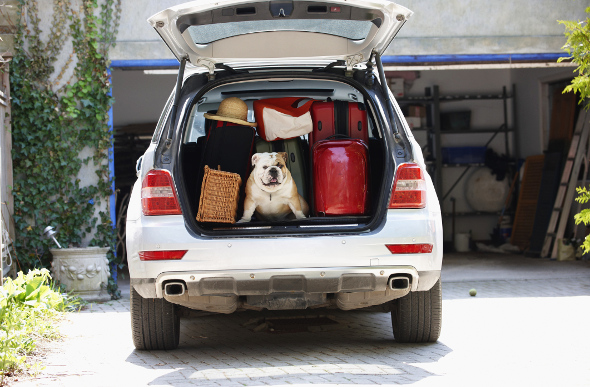 All packed up. Did we forget something? (Image: Getty)
All packed up. Did we forget something? (Image: Getty)
Do you think more people would think about taking their pets on holiday if they realised it wasn't quite so difficult?
I think so. More and more hotels are accommodating pets, which helps, and websites are promoting pet-friendly hotels.
By the end of this year, Melbourne will have the only quarantine facility in Australia when the old one in Sydney shuts down. The good thing is quarantine for pets is only 10 days these days as opposed to 30 or 60 days like it used to be.
We do domestic driving transport and air shipments to get the pet from quarantine back home again, which does make it very convenient.


